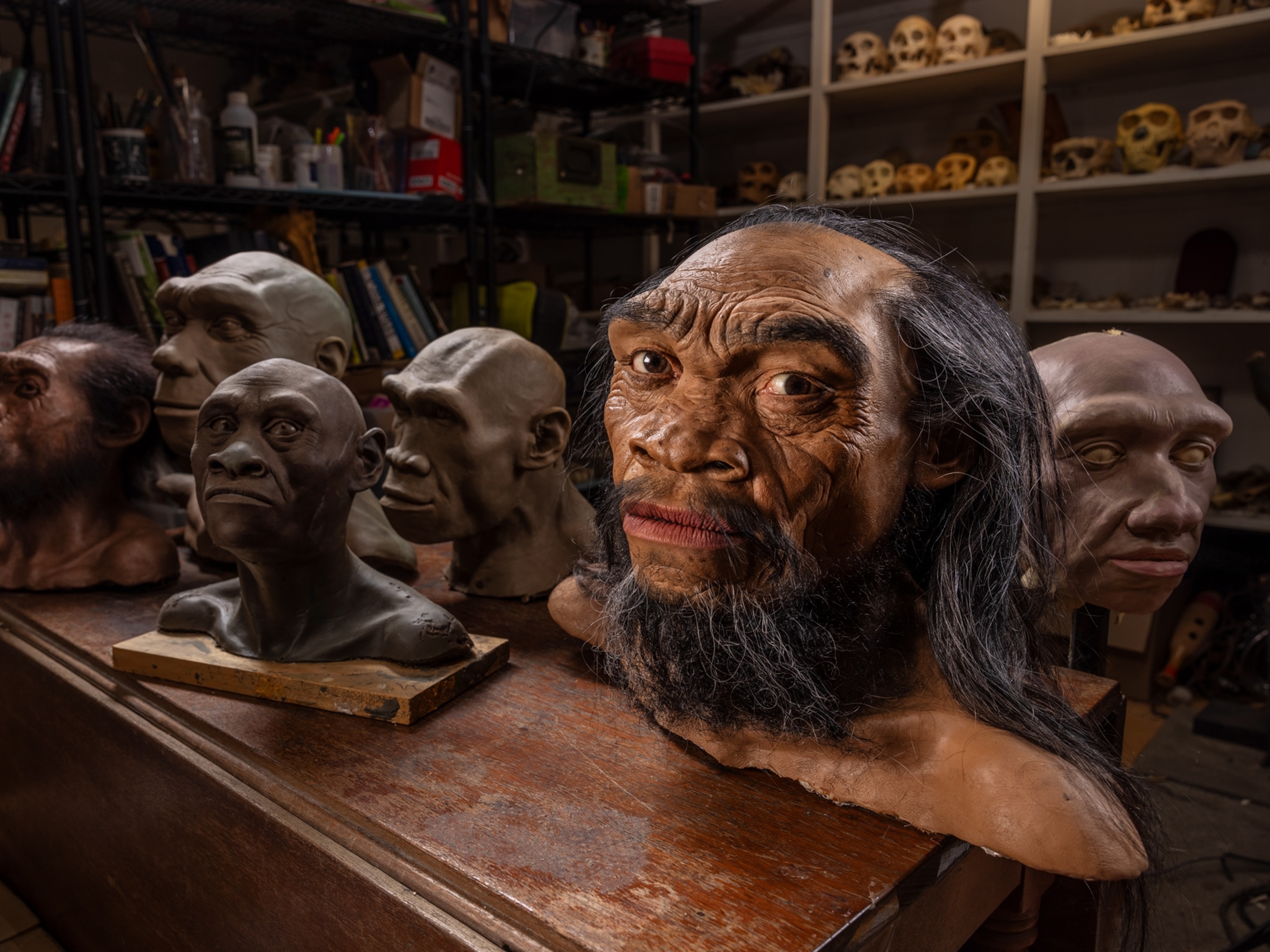
A major risk factor for 'Viking Disease'? Neanderthal genes
Your chances for developing the debilitating hand condition Dupuytren’s contracture may come from your Neanderthal ancestors, according to new research.
Modern humans likely encountered Neanderthals in Europe around 45,000 years ago—and got to know each other rather closely. About 21,500 generations now sit between us and our extinct hominin cousins, but Neanderthals left behind a genetic wake of maladies that millions suffer from today, including a crippling hand condition informally named after the Vikings.
Viking Disease, more commonly known as Dupuytren’s contracture, is a debilitating affliction in which knots of tissue form in the palm of the hand and gradually contract overtime, permanently bending the fingers. In a study published this week in the journal Molecular Biology and Evolution, a team of researchers revealed that two genetic variants inherited from Neanderthals are among the most important risk factors for Dupuytren’s.
Blame it on the Vikings
The crippling condition had been commonly known as Viking Disease after surgeon John Hueston observed the high prevalence of northern Europeans and those of northern European descent among his Dupuytren’s patients and incorrectly associated it with the Viking migration across Europe. Its official name comes from Guillaume Dupuytren, who devised and performed the first operation for his namesake disease in 1831.
Dupuytren’s contracture tends to run in families, creating geographical pockets of sufferers in places like Norway and the United Kingdom, where 30% of men over 60 years old and 20% of people over 65 have the condition, respectively. But while earlier physicians theorized this geographic prevalence was the result of Viking populations in northern Europe, the medical community eventually identified the disease in regions Vikings likely spent little time in—such as South Asia—and that its origin must be somewhere else.
Apart from your ancestor’s dalliances with Neanderthals, other risk factors for Dupuytren’s include being male, over 50, a diabetic, heavy smoker, or alcohol consumer. There is no cure for the disease, but there are treatments such as injections and surgeries available to manage symptoms.
Genetic quest
The team of researchers, led by Hugo Zeberg of the Karolinska Institutet in Sweden and the Max Planck Institute for Evolutionary Anthropology in Germany, set out on a genetic quest for the origins of Dupuytren’s contracture, analyzing hundreds of thousands of pieces of data from biobanks in the United Kingdom, Finland, and the United States. They identified 61 gene variants linked to Dupuytren’s, and not only were three of those genetic variants from our closest known relative, the Neanderthal, but two were considered to be the most important risk factors for the disease.
The findings also shine a light on why there is such a high prevalence of those suffering from the disease among northern Europeans and their descendants today: genetic alterations in that specific population can increase an individual’s susceptibility to Dupuytren’s contracture.
Major risk factor
Modern human genomes contain sets of DNA variants that are similar to those found in Neanderthals for two reasons: They either likely inherited these genetic variants from a very ancient ancestor shared between Neanderthals and Homo sapiens, or because modern humans interbred with Neanderthals when they met less than 100,000 years ago.
And this isn’t the first time Neanderthal genetic variants have been identified as a considerable risk factor for a disease: In 2020, Zeberg co-authored a groundbreaking study in the journal Nature, identifying a snippet of Neanderthal DNA that increased the risk of a new disease sweeping populations around the world.
“The surprising thing about the Dupuytren’s disease study is the very strong associations.” said Zeberg. “We have only seen this type of strong association to Neanderthal ancestry for the major genetic risk factor for COVID-19.”
An earlier Science study unearthed associations between the genomes of Neanderthals and modern humans who had a range of health concerns, including high blood cholesterol, schizophrenia, rheumatoid arthritis, and eating disorders.
Next up, Zeberg’s team plans to zero in on how DNA from another hominin cousin, the Denisovans, may contribute to our modern genetic makeup.
“In a greater perspective, these findings tell us something about the history of humans,” said Zeberg. “Events that happened in the past have implications today.”




